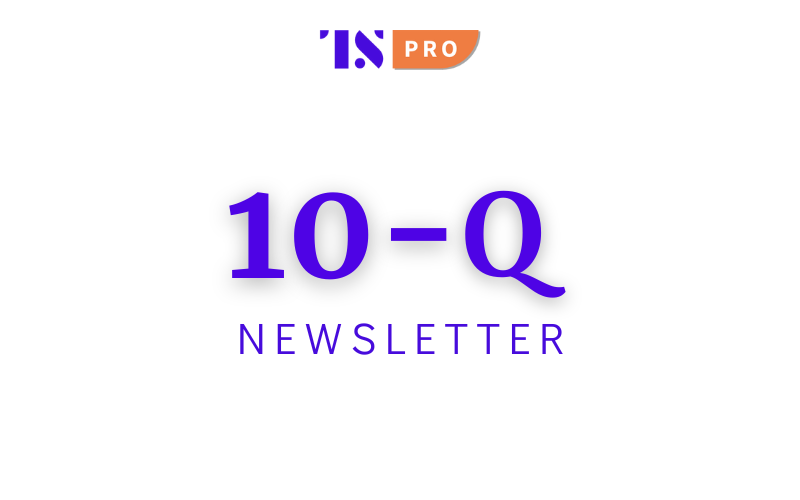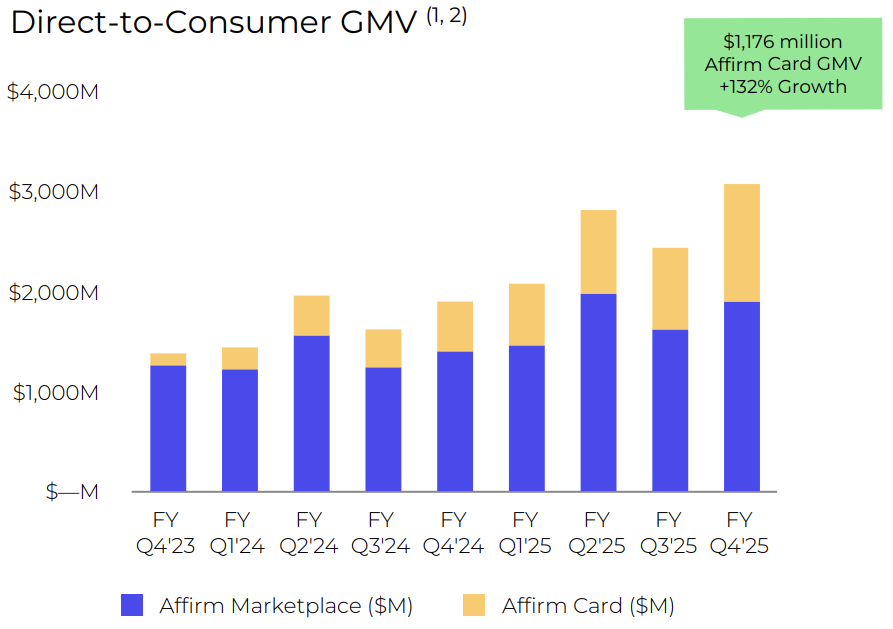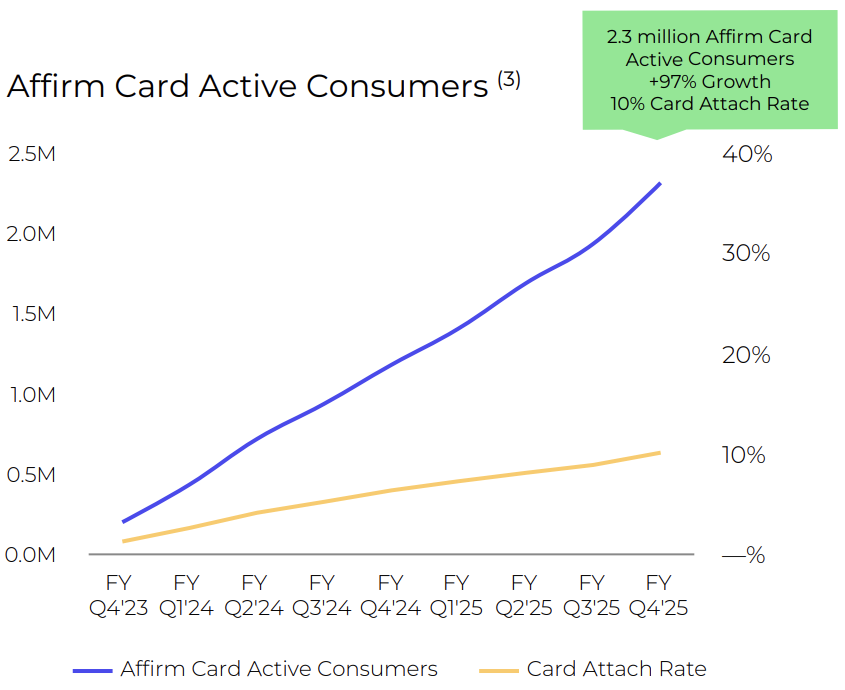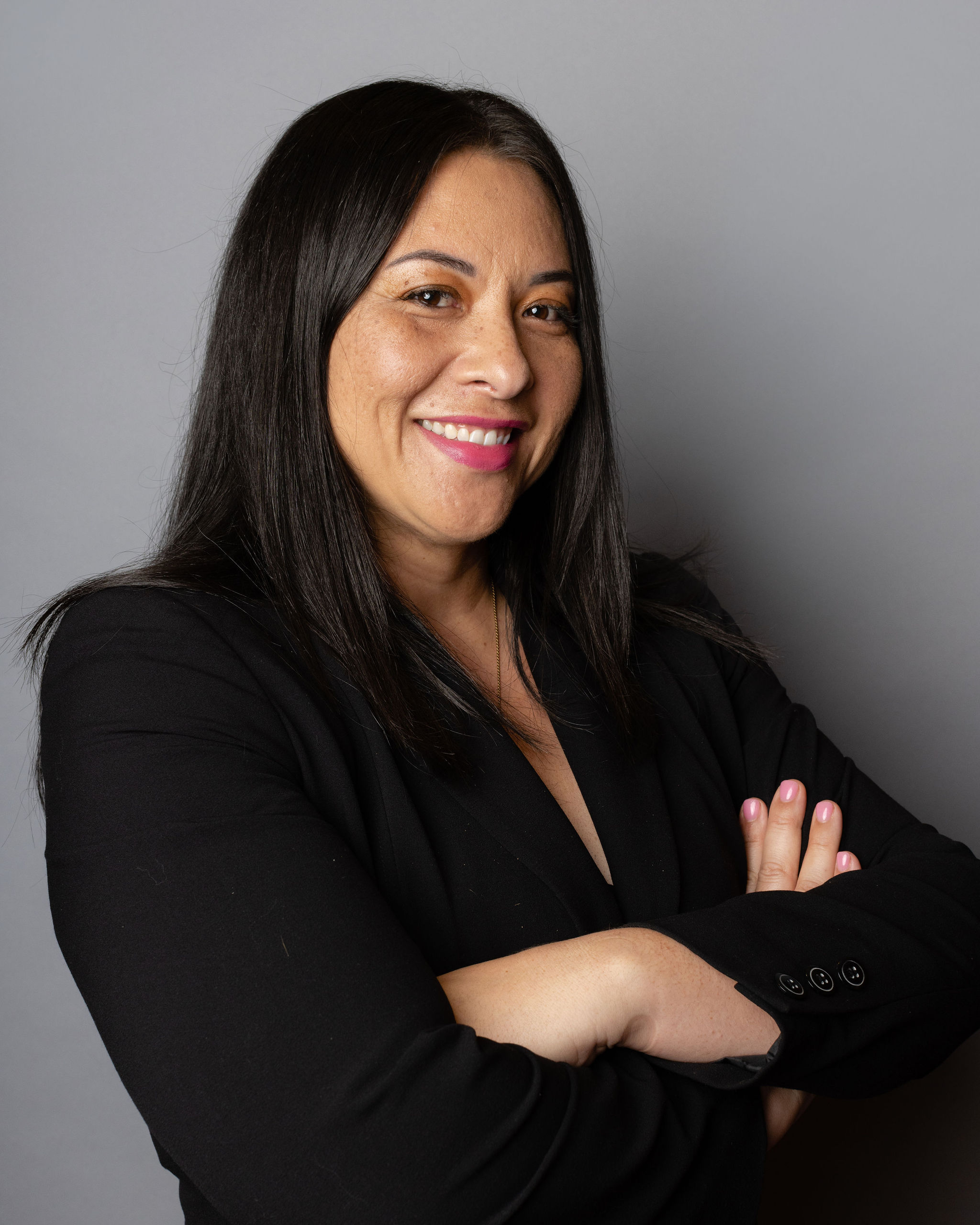Klarna and SoFi: Betting big on credit and crypto
If fintech competition were a boxing ring, Klarna and SoFi are trading very different kinds of punches, but both are very much in the fight for meaningful scale.
Case Study 1: Klarna — Stretching the BNPL muscle in the US
Recent move: Klarna struck a deal with Elliott Investment Management to sell up to $6.5 billion in US “Fair Financing” loans over the next two years. These are not short-term, no-interest BNPL loans — they’re fixed-term installment loans, with Klarna retaining underwriting and servicing duties.
Why it matters:
- Capital efficiency — By selling receivables under a forward-flow agreement, Klarna frees up balance sheet capacity to issue more loans.
- Scalable risk management — Rather than raising debt or equity, this structure allows Klarna to grow its credit book without taking on too much risk upfront.
- US-centric growth — Fair Financing is growing faster in the US than globally (Klarna disclosed GMV up 244% in the US, vs. 139% globally over the past year).
…









